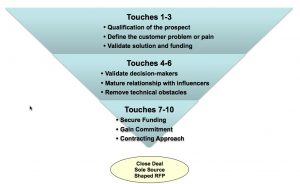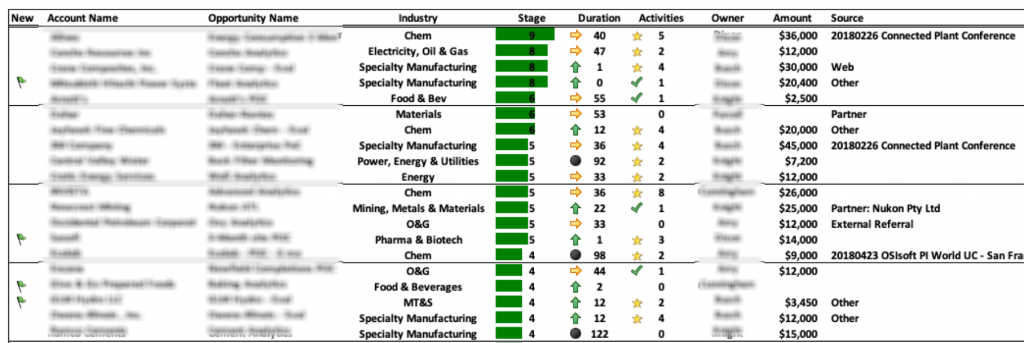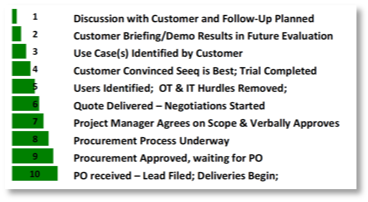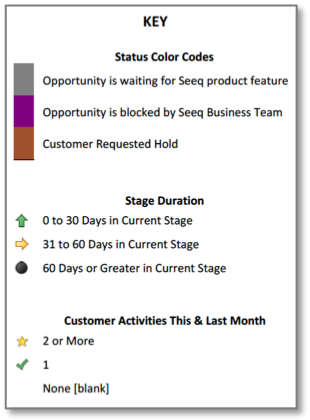This article is an addendum to one of the most popular posts on my site, The 10 Touch Sales Model. I modernized it to include my methodology as it has been adapted to my current venture, which is a SaaS software company with a hybrid Enterprise Sales and Product-Led Growth sales model. If you haven’t read the original article, please do so because it provides fundamental information.
Let me briefly summarize the previous article before describing the adjustments I’ve made.
Over the past couple of decades, I refined a model for making large ‘sales.’ By sales, I mean where one party invests significant amounts of their resources – money, time, future compensation – in return for something valued. These large sales do not happen solely because of marketing, such as advertising, websites, brochures, and mailings. In other words, they are not “download and go” (DLG) or product-led growth (PLG) products. These transactions, which can be hundreds of thousands or millions of dollars, typically require frequent personal interactions, an integrated strategic and tactical plan, and patience because it is a long process.
Examples of sales include:
- Corporate Sales
- Products
- Services
- Start-Up and Corporate Fundraising
- Venture Capital and Equity Placements
- Debt Instruments
- Not-for-Profit Philanthropy
- Scholarships, Facilities, and Endowments
- Special Designations (patrons, benefactors, …)
- ‘Goodwill,’ Tax Benefits
- Government Contracts
- Military
- U.S. Government
- Foreign Governments
Even in diverse sectors, my experience is that the sales process is similar. Seeking large donations for philanthropic activities is nearly identical to fundraising for venture capital in a corporate setting. These sales tasks are complex and usually involve relationship building, education, removing obstacles, managing politics, and dealing with other parties that might influence the process.
My conviction is that by developing a simple yet robust model of this process, it is easier to manage and motivate sales teams, develop action plans, and report on the results. This generalized model can then be adapted to any sales situation.
Making a Significant Sale Requires 10 Touches
The box above is a simple model of my original idea that implies that the sales team needs to develop and execute an approach plan for every key sale. It is likely to take 10 touches to achieve success, and each touch is likely to take 10 contacts. It’s not an exact science, and the steps don’t happen uniformly. But in retrospect, for every major success, I found that it takes about 10 touches with 10 contacts per each touch to be successful.
Assessing Step Levels
I view scaling these steps to be relative to the effort toward closing a deal. Touch 1 is when a prospect is qualified, and Touch 10 is when the contract has been awarded, signed, and is virtually certain of turning into revenue.
Updated Model
Initially, I used the term “touch” because the philanthropy field, where I first devised this model, used it, and the word reinforces the need for personal interactions. But I found the term didn’t encompass the business aspect, so I refined The 10 Touch Sales Model over the years. My latest update came as the CEO at Seeq, a software company that works with clients in large process industries like super-major oil companies, specialty manufacturing, and pharma & biotech. Although I’ve also used the terms stages and steps instead of touches in previous years, my current preference is the term milestone, which is more motivating to sales teams and more professional for business settings. It is also a better way to explain that moving from one milestone to the next is moving the ball to the next stage.
Another major change that I made was to start at Milestone 0 instead of 1. Think of M00 as the holding bin, the potential users. No contact has been made, but they remain possibilities. After M09, the client moves off the list because we received the purchase order.
During M00 to M02, the relationships are in the hands of marketing to qualify the leads. A sales exec picks up these accounts in M02 to further qualify the lead and decide if and when there is enough value to take the contract forward. To move to M03, however, the sales exec must receive approval because, at this point, the customer needs more assessment, and Seeq must invest engineering resources to support the initial decision-making process on the customer’s part. The accounts are further developed in M04 to M06. At M07, the RFP or acquisition process begins. The contract moves off the list once payment is made.
As I’ve stated numerous times, this model must be adapted to each company. For example, at Seeq, our software is state-of-art, and as such, we have little competition. So, our process is streamlined, but we still have to go through each step and create the touches and pass each milestone. Other companies may need to spend more time countering what the competition can do.
Account Tracking
At Seeq, we use the above spreadsheet to track the progress of each account over the previous 30 days. We use this internally to track contracts daily, but we also share it with our Board every month, which provides transparency and an outside perspective. The green flag to the left identifies new accounts. In the Stage column, we have a green progress bar with a number that indicates the current milestone for that account. The symbols in the Duration column provide a visual indicator of the progress. A green vertical arrow indicates the account is moving forward, a yellow horizontal arrow shows a stalled process, and a black dot means that little to no activity has been made in the last 60 days for that account. The Activities column shows the number of contacts made toward the next milestone. The green checkmark signals that at least one contact was made in the past 30 days, and the gold star represents that more than one contact was made. The Amount column represents the initial commitment from the customer. The final right column contains the source of the contact if known.
Here are some descriptions for the pipeline chart:
We also provide another tracking mechanism for the Board:
By looking at the past 6 months, 30 days, and the current accounts, we track progress over time. To ensure transparency, we provide as much information as possible.
Summary
Converting sales opportunities into actual customers, especially for large accounts, requires time, commitment, and a dedicated plan. No solution fits every situation, so use my model as the basis for a customized plan for your business. Read Managing and Growing Customer Accounts for my recommendations on maintaining and nurturing the relationship.
Share this Post





